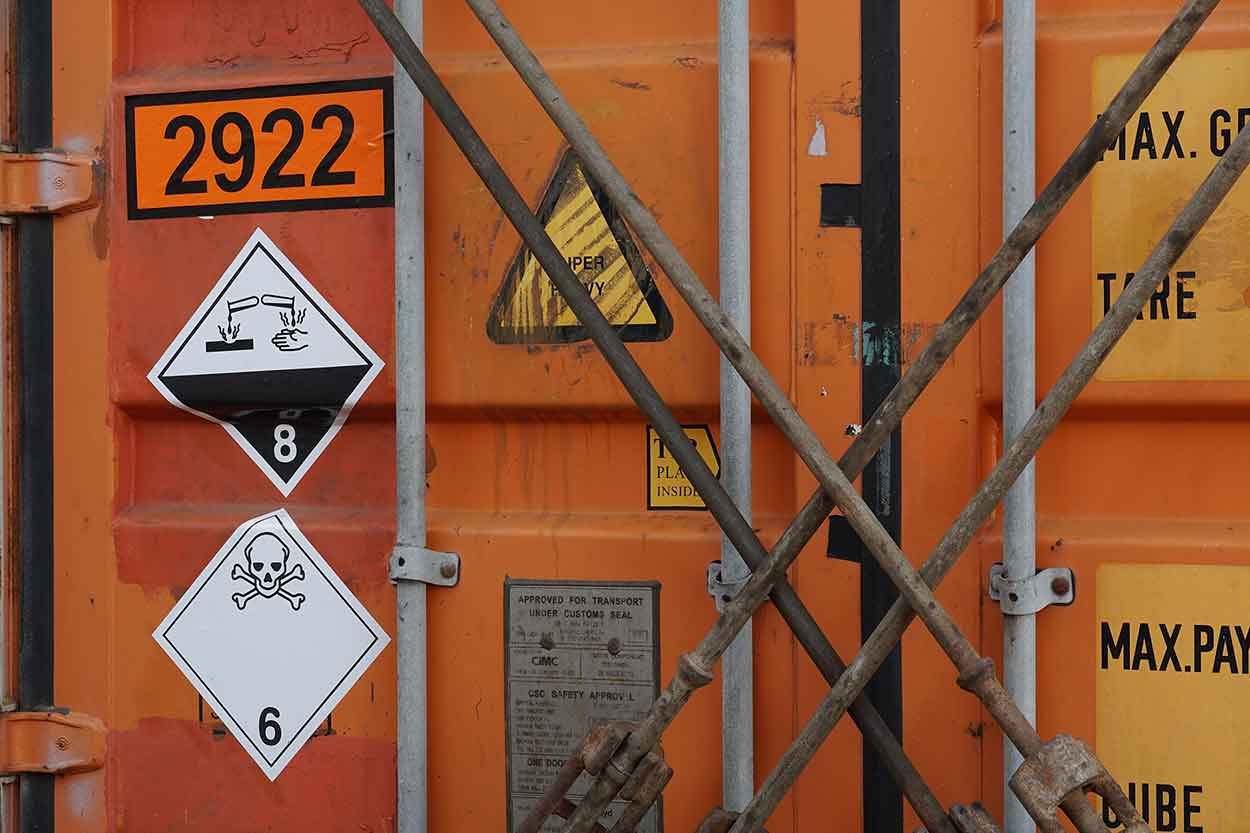We know it’s not exactly a ‘feel good’ article, but then again, logistics blogs rarely are. Still, at Smart Directions, we know that sharing important information about dangerous or hazardous goods is pretty feel good stuff when you consider that it improves the quality and efficiency of our service to you, our clients.
So, what are dangerous goods?
Basically, anything that could become a hazard to life, the environment, health, safety and property. Although that sounds like an overtired two year old after eating birthday cake, we’re actually referring to goods such as:
- Aerosols
- Lithium batteries (a pretty big one in today’s world)
- Infectious substances
- Fireworks
- Dry-ice
- Gasoline power engines/machinery
- Lighters
- Paint
Sounds like a proper party doesn’t it?
Still, having an efficient supply chain requires businesses to correctly identify and categorise the class of their dangerous goods freight BEFORE handing it over to a courier and sending it on its way.
For easy reference, here is that list :
- Class 1—Explosives
- Class 2—Gases
- Class 3—Flammable Liquids
- Class 4—Flammable Solids; Substances Liable to Spontaneous Combustion; Substances which, in Contact with Water Emit Flammable Gases
- Class 5—Oxidizing Substances and Organic Peroxides
- Class 6—Toxic and Infectious Substances
- Class 7—Radioactive Material
- Class 8—Corrosives
- Class 9—Miscellaneous Dangerous Substances and Articles, Including Environmentally Hazardous Substances
What are the top 3 most common dangerous goods?
It’s pretty straightforward actually. Out of the 1.25 million+ packages of “hazmat” shipped each year, the top three are:
- Flammable liquids
- Dry-ice
- Lithium batteries
Of course, not every delivery has to be transported via air freight. In fact, 78 million tonnes of dangerous goods had been moved on the roads between Q3 of 2021 and Q2 of 2022. You can see why it’s something we need to get right!
How do you know if your item is on the naughty list?
The IATA (International Air Transport Association) provides a manual called the “Dangerous Goods Regulation Manual” (hardly a #1 bestseller, but still…) which is updated every year, and currently has over 3,000 articles and substances most commonly shipped by air freight.
Of course, companies should check the specific guidelines for each carrier and country involved in their supply chain, to make sure they are always compliant.
If you’re looking for an experienced team to handle logistics of your dangerous goods, why not get in touch with Smart Directions? We create bespoke solutions for any business, regardless of size, scale or freight. Call us today on 01442 507240

